Fake celebrity photos are rampant
It has never been easier to create images that look incredibly realistic but are actually fake. Anyone with an internet connection and access to an AI-powered tool can create realistic photos in seconds and then spread them across social media at breakneck speed.
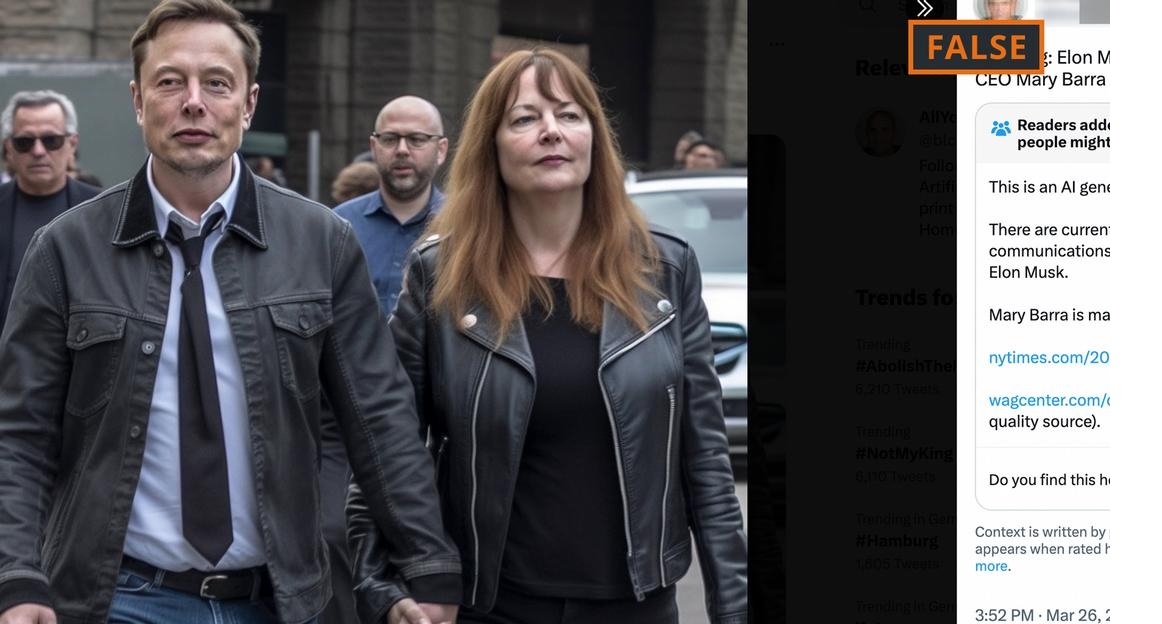
AI-generated fake photo purports to show Elon Musk "dating" GM CEO Mary Barra.
In recent times, many of these images have gone viral: like former President Donald Trump and President Vladimir Putin being fake arrested or billionaire Elon Musk “hanging out” with General Motors (GM) CEO Mary Barra.
The problem is that AI images depict events that never happened. And while some of these images may be funny and look unreal, experts say they can still pose real dangers in terms of misinformation, even spreading fake news.
Images of arrests of politicians like former US President Donald Trump can be verified fairly quickly by users if they check reputable media sources. However, AI expert Henry Ajder told DW that other images are harder to identify, such as those where the person in the photo is not so famous.
The danger of fake event photos
It’s not just AI-generated images of people that can spread misinformation, according to Ajder. He said there have been examples of users creating events that never happened, like a major earthquake that supposedly shook the US and Canada in 2001.
But the earthquake never happened, and the images shared on Reddit were all AI-generated. And that, Ajder says, is the problem. “If the AI generates a landscape scene, it can be harder to spot,” he explains.
Still, AI tools make mistakes, even as they improve rapidly. As of April 2023, programs like Midjourney, Dall-E, and DeepAI all have glitches, especially with images showing humans.
Here are some tips for verifying AI-generated images, but experts have been quick to warn that they only reflect the current situation, as artificial intelligence tools are evolving every day, even every hour:
Zoom in and find the image source
Many AI-generated images look real at first glance. That’s why the first suggestion from experts is to take a closer look at the photo. To do this, look for the highest resolution possible and then zoom in on the details.
Zooming in on the image will reveal inconsistencies and errors that may go undetected at first glance.
If you’re not sure whether an image is real or AI-generated, try looking up its source. You can get some information about where the image was originally posted by reading the comments other users posted below the image.
Or you can do a reverse image search. To do this, upload the image to tools like Google Image Reverse Search, TinEye or Yandex and you can find the original source of the image.
The results of these searches may also show links to fact checks performed by reputable media outlets that provide additional context.
Pay attention to body proportions and display errors
It's not uncommon for AI-generated images to have differences in proportion. Hands might be too small or fingers too long. Or heads and legs might not match the rest of the body.
Hands are currently a major source of error in AI imaging programs like Midjourney or DALL-E. People often have extra or missing fingers, as in fake photos of Pope Francis.
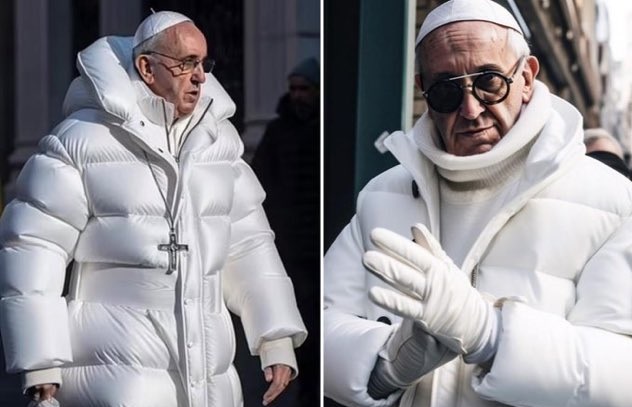
AI-generated fake photo of Pope Francis.
Other common errors in AI-generated images include people with too many teeth or oddly shaped glasses or unrealistically shaped ears. Reflective surfaces, such as helmet visors, also pose problems for AI programs.
However, AI expert Henry Ajder warns that newer versions of programs like Midjourney are getting better at generating hands, which means users won't be able to rely on them detecting these types of errors for long.
Does the image look fake and smooth?
In particular, the Midjourney app produces images that are so beautiful and perfect that viewers need to ask questions. “The faces are too pure, the fabrics are too harmonious,” says Andreas Dengel of the German AI Research Center.
People's skin in many AI images is often smooth and blemish-free, and even their hair and teeth are perfect. This is impossible in real life.
Many photos are artistic, glossy, and sparkling, which even professional photographers find difficult to achieve when shooting in the studio.
AI tools often seem to design ideal images that are supposed to be perfect and please as many people as possible.
Check the context and conclusion
The background of an image can often give away whether it’s been faked. Objects can be distorted, like streetlights. In some cases, AI programs copy people and objects and use them over and over again. And it’s not uncommon for the background of an AI image to be blurry.
But even this blurring can be flawed. Like the one that was meant to show an angry Will Smith at the Oscars. The background was not only out of focus, but also artificially blurred.
Many AI-generated images can now be detected with just a little thought. AI detection tools like Hugging Face can also help you spot fakes. But as the technology gets better, the flaws in AI images may become less obvious, making them harder to spot.
Hoang Hai (according to DW)
Source



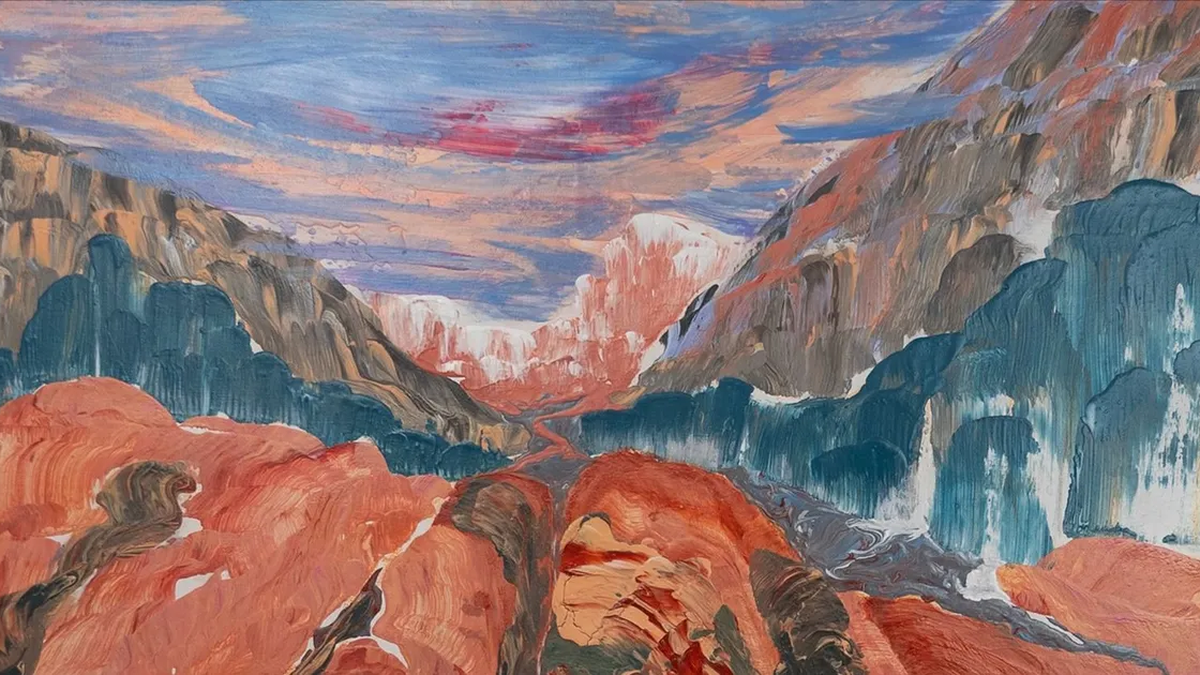

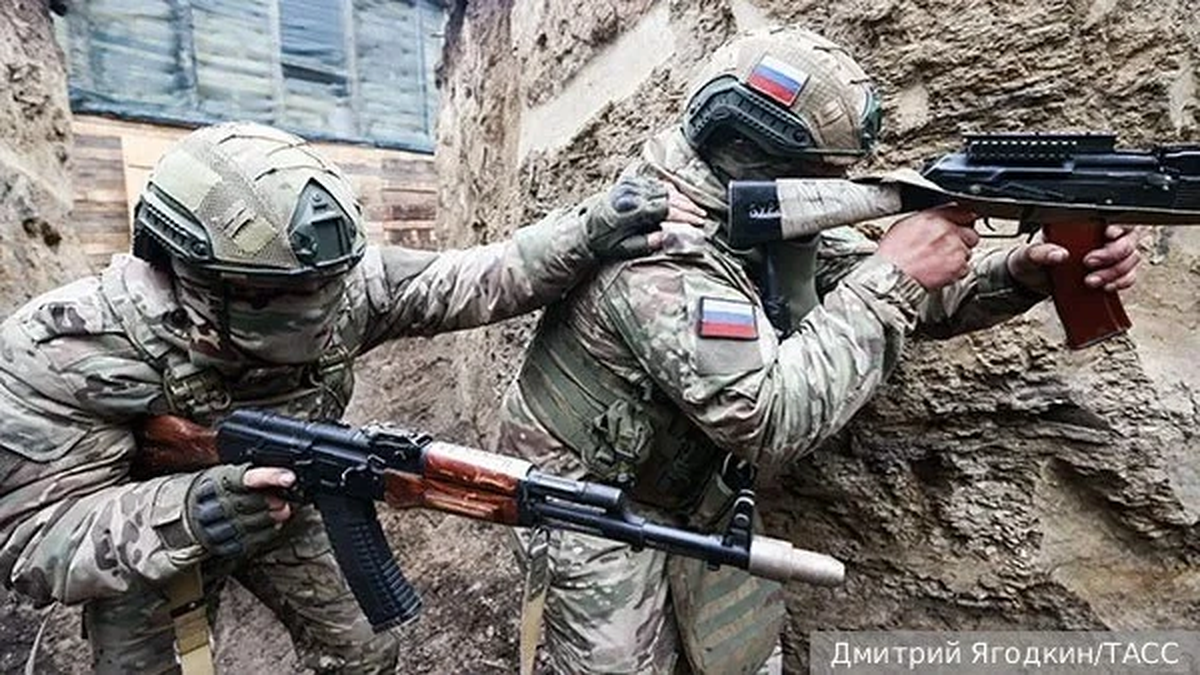
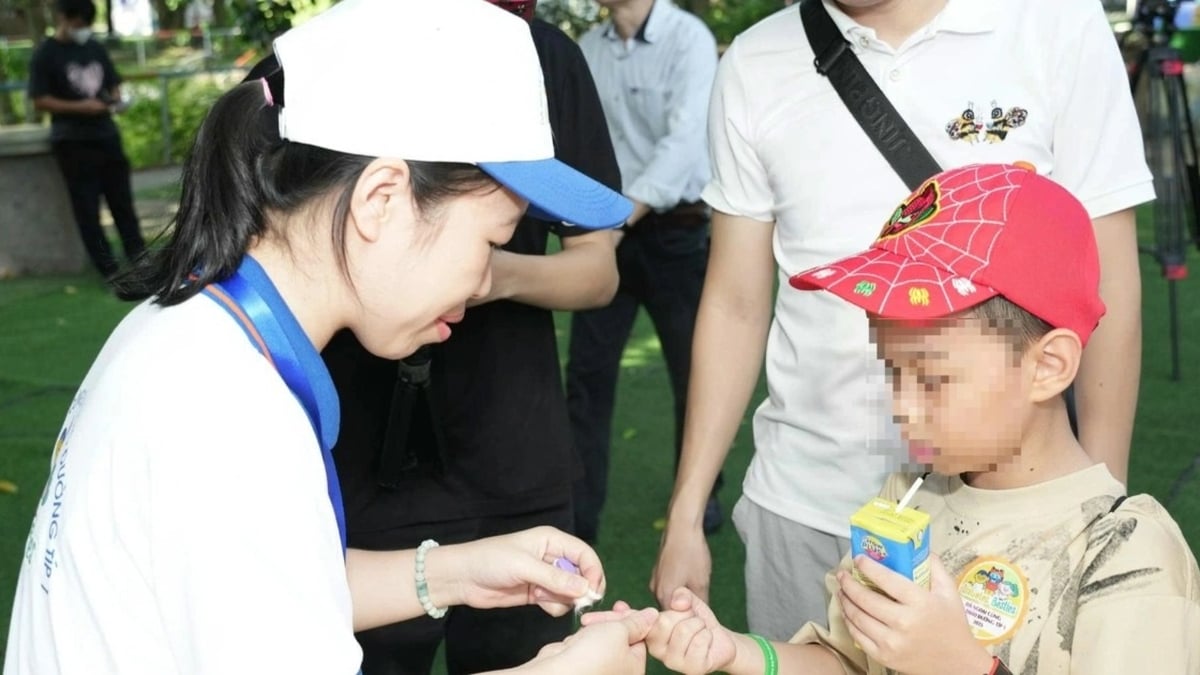
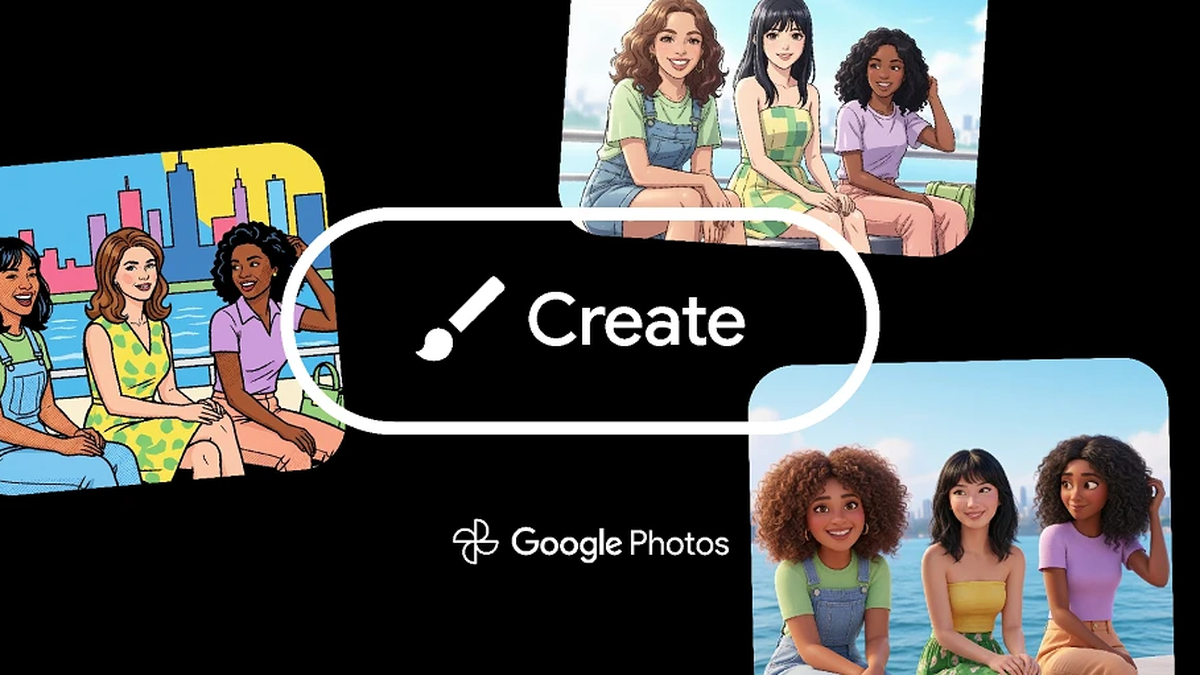
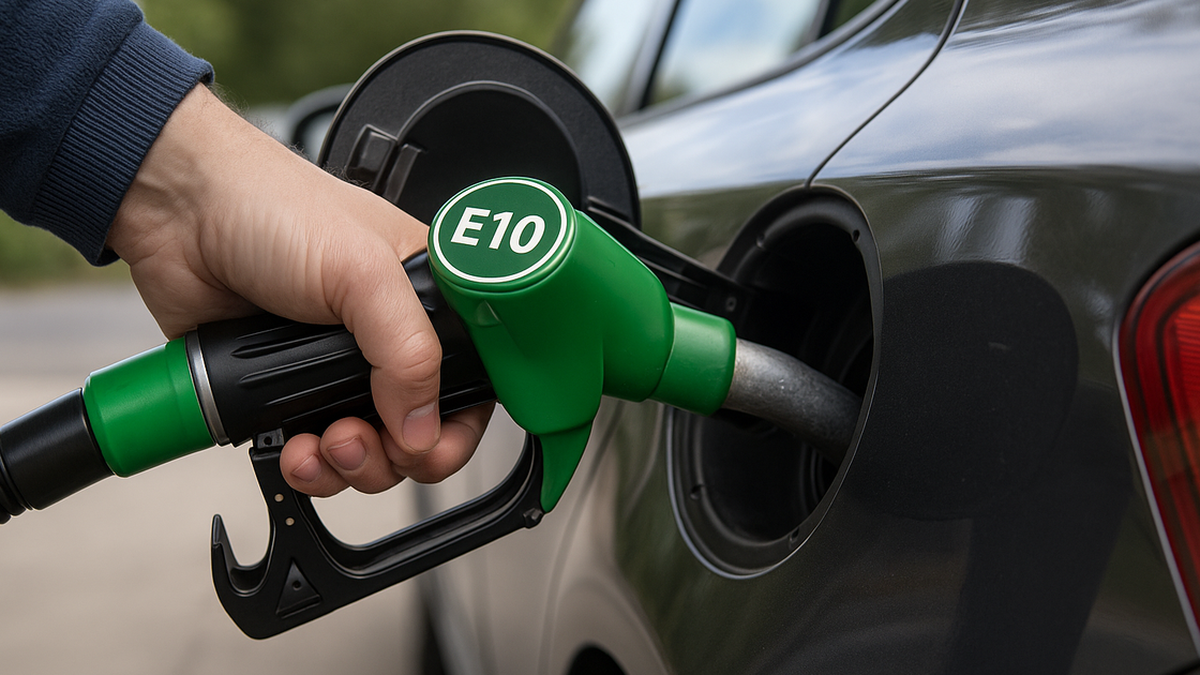

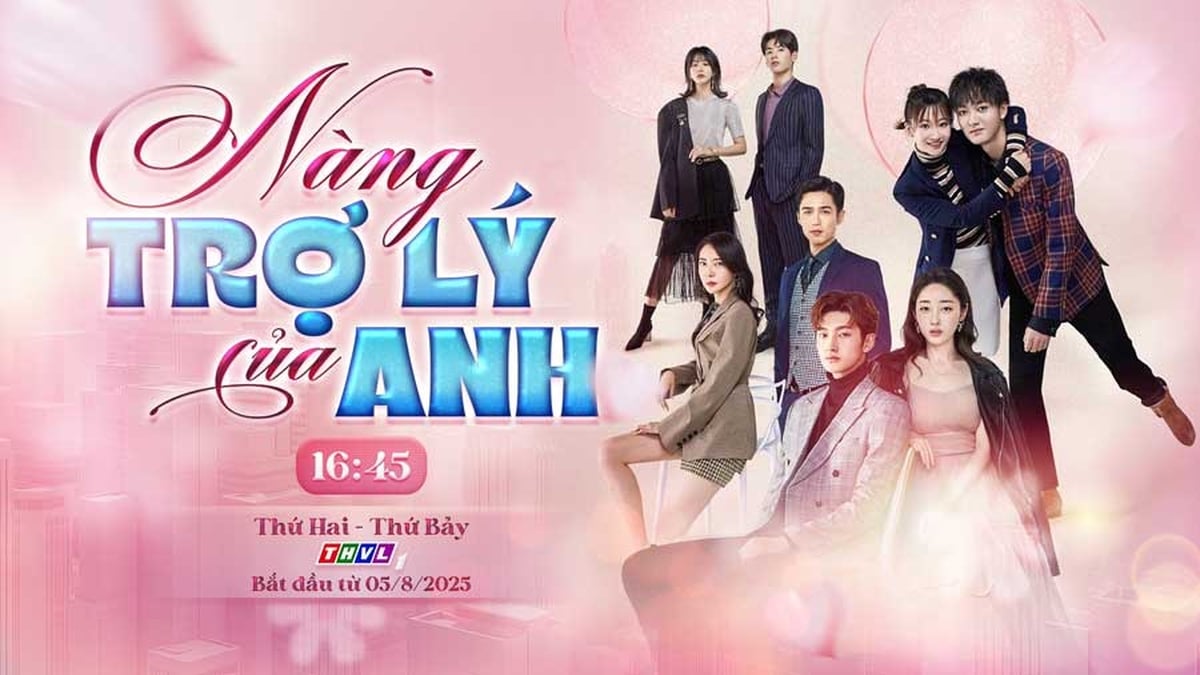
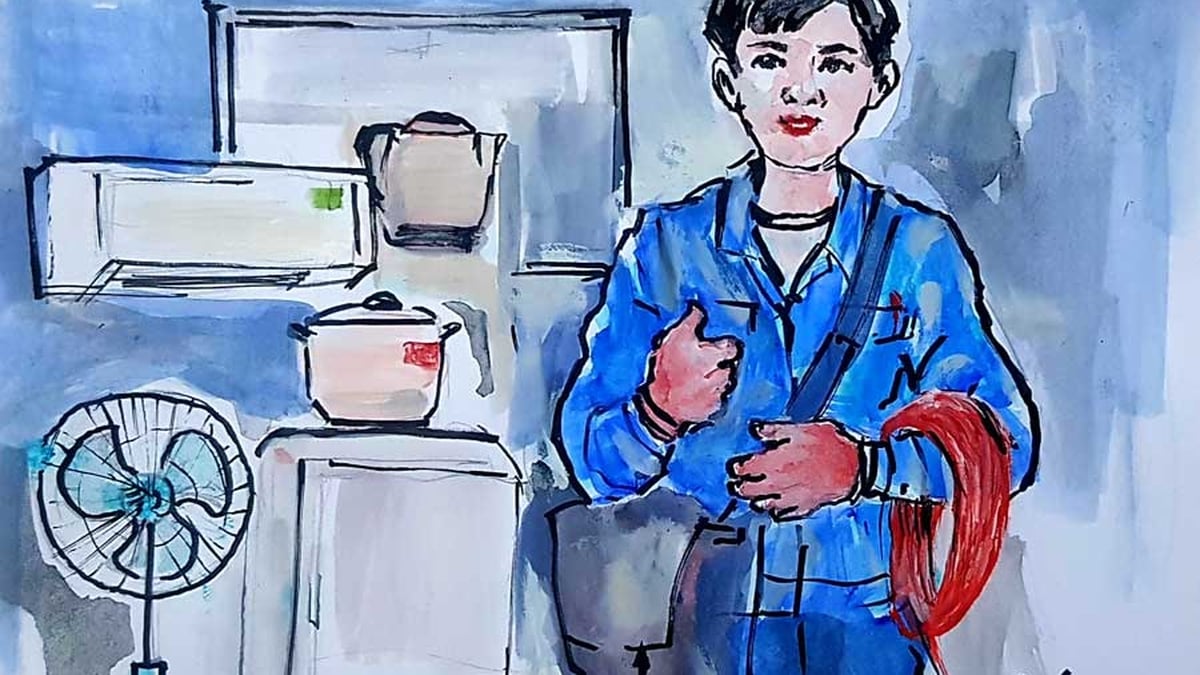




















































































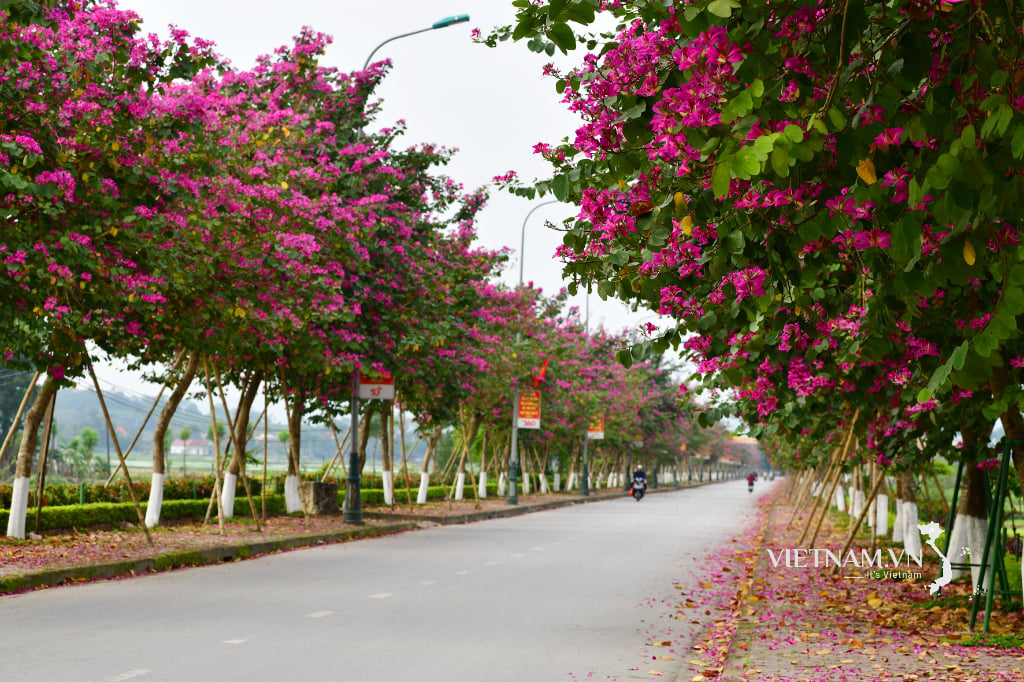


Comment (0)